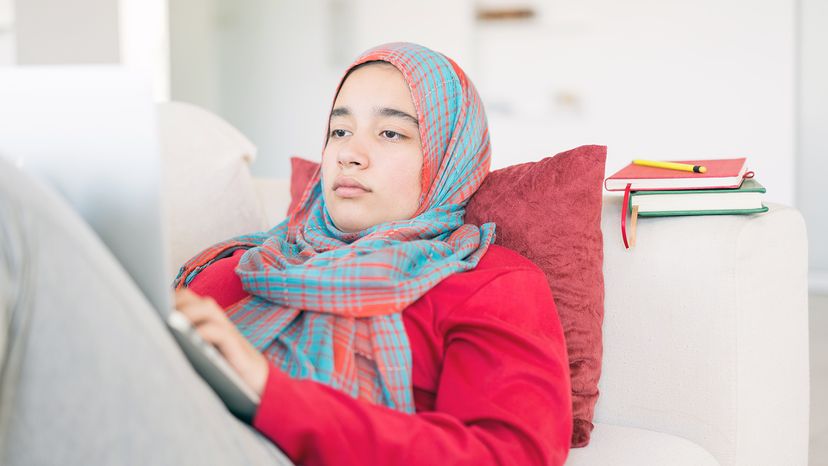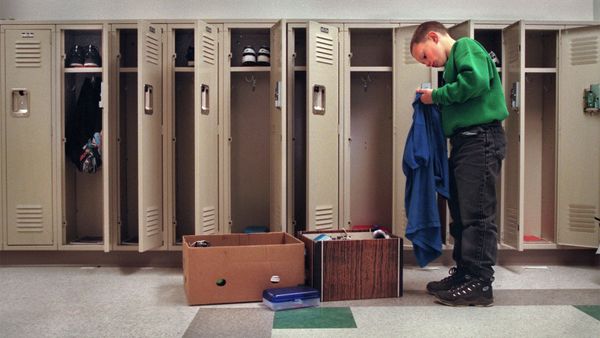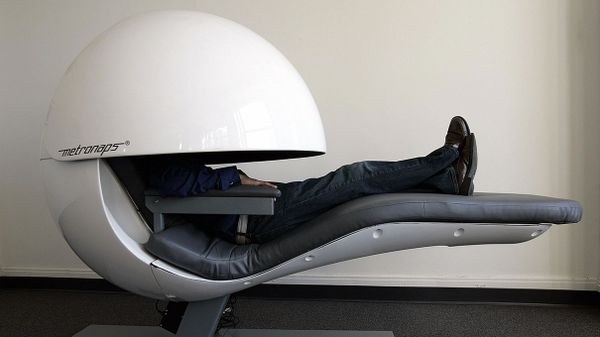Boiled down — which is kind of what the College Board is trying to do by squeezing AP World History into one class — the sudden debate over the Board's decision to lop a few thousand years off the AP World History curriculum centers on quality over quantity, depth over breadth.
"The thing that I hear from students right out of high school is, 'There's just so much of it. There's just so much I have to know.' And that freaks them out," says Ari Levine, a history professor at the University of Georgia. "Obviously, there's no pretense that you're actually going to teach it all. You're barely scratching the surface. The analogy that I give my students is, you know the monorail that goes around Disney World? Just imagine it's a bullet train that's going 400 mph. That's what you get."
In college, that's mitigated somewhat because world history is divided into several classes. You can bore into a specific time frame or era, or an area of the world at a certain time. Ancient Greece. Pre-modern China. Africa in the 18th century. You don't have to know everything from the dawn of mankind to the dawn of Donald Trump.
But for AP high school students, critics see a major problem with the College Board's decision. In an open letter to the Board from the American Historical Association, which bills itself as the "largest professional organization serving historians in all fields and all professions," AHA president Mary Beth Norton and executive director James Grossman write:
While recognizing the challenges of teaching the current course with its broad scope, the AHA believes that this particular revision is likely to reduce the teaching of precolonial histories at the high school level. It risks creating a Western-centric perspective at a time when history as a discipline and world history as a field have sought to restore as many voices as possible to the historical record and the classroom.
In effect, the AHA is saying we know it's hard, but it's just not right swapping Socrates or the great ancient Chinese philosophers or the dawn of man for ... Seinfeld.
Another organization, the World History Association, has similar objections:
World history is not simply a longer and larger version of U.S. or European history, and cutting the course short does violence to the basic premises of the field. Only by examining the human past over the very long term can we discern the shared history of our humanity, interactions between humans and the environment, patterns of state-building and governance, similarities and differences in social structures such as gender or class, changes in social practices such as religion or architecture, and major ruptures such as the development of agriculture or the fossil fuel revolution.
Says Levine, who specializes in the "cultural and intellectual history of early modern China" and teaches courses in Chinese, East Asian and world history: "If you're looking at the pre-modern world, there's whole aspects of the human experience that are totally non-Western. It's basically three-quarters of the population of the world before the Industrial Revolution.
"They're missing out on the whole human experience, right? So much of the whole human experience is not about white people."
The College Board says the change won't be effective until the 2019-2020 school year, which theoretically gives the Board plenty of time to tweak the idea, or for teachers throughout the nation to give the Board a little what-for or tips on how-to.
That cushion might even allow the College Board, which has more than 6,000 member institutions among universities, two-year colleges, secondary schools and school districts, a chance to plead its case.




